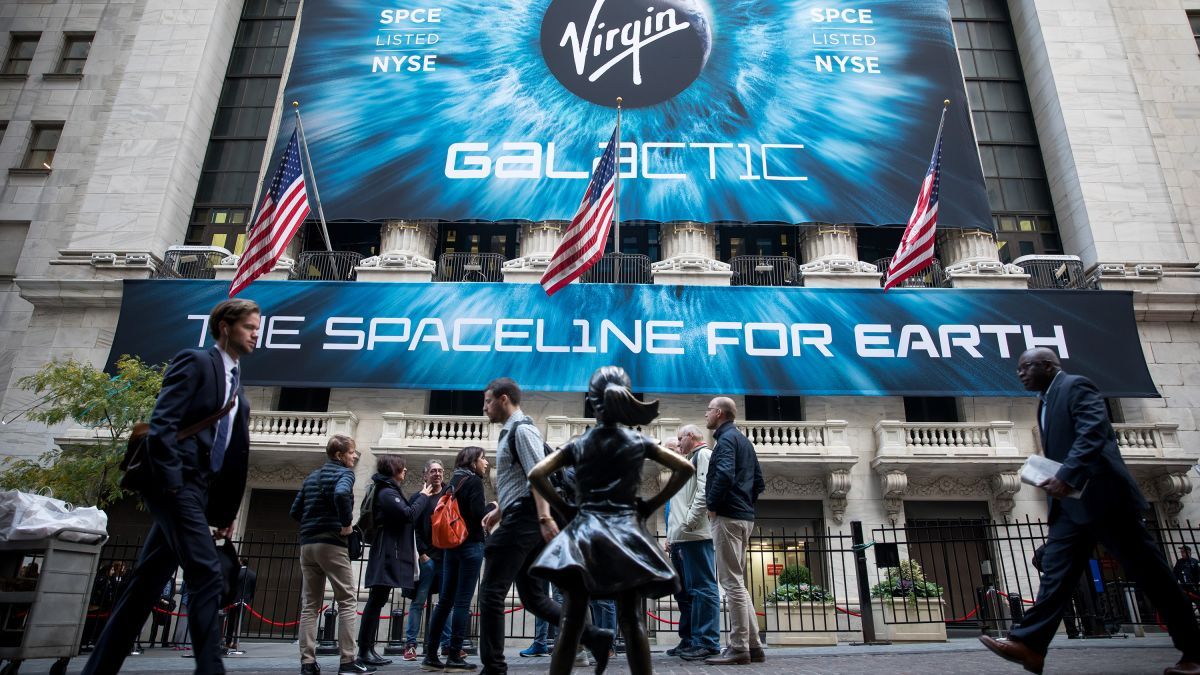Article by Abdulla Abu Wasel June 8, 2020 (entrepreneur.com)
• Fifty years ago, outer space was reserved for the most powerful of nations and the most dominant of governments. Today, it is private commercial industry that is inching us closer to the cosmos. There is a growing interdependence between what is happening in space and what is happening down below on Earth. The commercial space industry, with its multi-million-dollar rockets and satellites, is now worth about $400 billion. Space commerce is increasingly playing a part in our everyday lives.
• The International Civil Aviation Organization governs ‘air’ altitudes. So where does ‘space’ begin? The international community has not been able to agree on a common definition. Australia is the only country in the world that defines space as anything beyond 100 kilometers above the ground. While nations may own the ‘air’ over them, ‘space’ is for everybody. No nation can own property in space, and no nation can make any territorial claim in space. You need consent to fly over another country’s airspace. But if you are in ‘outer space’, you can fly over any country without consent, and even legally engage in espionage.
• With the establishment of the United States’ Space Force, we will likely see the rules of war extended into outer space. The language in the Outer Space Treaty about the use of outer space for exclusively peaceful purposes needs interpretation. ‘Peaceful purposes’ only prohibits the aggressive use of military force. So non-aggressive military force is okay? Has the establishment of the U.S. Space Force made the militarization of space perfectly legal?
• At the end of the day, the Space Force is about building political constituency for orbit, while investing in spacecraft that can defend and attack, if necessary. This represents a great deal of money for private companies, with almost half-a-dozen government defense agencies already pumping millions of dollars into space startups to build everything from radar networks to high-tech materials.
• The majority of the money to be made in space lies in satellite-provided services, and these services are likely to surge the space economy. The significant increase in satellites, far beyond the 2,300 operational satellites in space now, will bring a multitude of costs and benefits. We have seen venture capitalists directing millions of dollars towards small satellite companies with big aspirations, such as Spire, Capella Space, Hawkeye360, and Swarm.
• These space economy companies vary in their business models, from communicating with internet devices to tracking radio signals in order to gather radar data, and imaging every angle of the Earth. This all depends on the cost of building and operating the spacecraft needed to accomplish the work that they desire. SpaceX and Boeing are in the final phase of their private space transportation service in cooperation with NASA. Soon, both companies will have permission to start flying wealthy space tourists and corporate point men into space.
• On June 3rd, NASA launched astronauts into space from U.S. soil for the first time since 2011, and took them to the International Space Station via Falcon 9, a vehicle that was purchased from SpaceX. For $250,000, Richard Branson’s Virgin Galactic will take tourists to the edge of Earth’s atmosphere in space. But NASA’s aim is the Moon. Since ice water was discovered on the Moon, starry-eyed space seekers would like to see NASA establish a sustainable human presence on the Moon rather than hiring private companies to build rovers, landers, and spacecraft to carry scientific instruments to the Moon.
• But, as we have seen, the commercial economy benefits greatly from scientific advancements gleaned from space exploration, such as transistors, solar panels, and batteries. It has brought forth the smartphone revolution, the evolution of broadcast media, telecommunications, commerce, and the internet as a whole. The new era of space exploration may be one small step for man, but it is one giant leap for the private sector economy.
The commercial space industry is heating up– 50 years ago, outer space was reserved for the most powerful of nations and the most dominant governments, but today, there is a democratization of space. Commercial industry is inching us closer to the cosmos, and in the process, there is a growing interdependence between what is happening hundreds of miles up into space and down below on Earth. Currently, the space market is worth approximately US$400 billion, and the commercial space industry, using multi-million-dollar rockets and satellites, is increasingly playing a part in our everyday lives. Although you may have been hearing about this phenomenon in recent years, this launch into the new world has been ongoing for decades.
This brings about the question of property rights. Where does space begin, and if there is a dispute in space, who decides it? Australia is the only country in the world that defines where space begins; defining it as 100 kilometers up. However, where the air ends (and the air law regime, which is governed by the International Civil Aviation Organization), and where space begins is a matter that the international community have not been able to agree on. People either want to set limits- set a height based on kilometers like Australia has done, or they take the approach of the United States who look at it as a use, i.e. what did you use, are you launching a rocket that is intended to go into orbit, or are you just launching a plane that is going to go high into the air. This is important, because nations own the air over them. Right now, space is for everybody. No nation can own property in space, and no nation can make any territorial claim in space.
You need consent to fly over another country if you are in the airspace, but on the flip side of that, if you believe that you are in outer space, you can fly over any country without consent, and even engage in espionage legally. Espionage is one part of the political military contest, but how else is space dealt with from a military perspective? With the recent establishment of the United State’s Space Force, we will likely see the same rules of war extended into outer space. The language in the Outer Space Treaty about the use of outer space for exclusively peaceful purposes is beautifully aspirational language, but the devil is in the interpretation: what does it mean to use space for peaceful purposes? The way that this has been virtually explained is that peaceful purposes only prohibit the aggressive use of military force, and as long as you are not engaged in naked aggression, then you are peaceful in your use of outer space.
READ ENTIRE ARTICLE
FAIR USE NOTICE: This page contains copyrighted material the use of which has not been specifically authorized by the copyright owner. ExoNews.org distributes this material for the purpose of news reporting, educational research, comment and criticism, constituting Fair Use under 17 U.S.C § 107. Please contact the Editor at ExoNews with any copyright issue.







